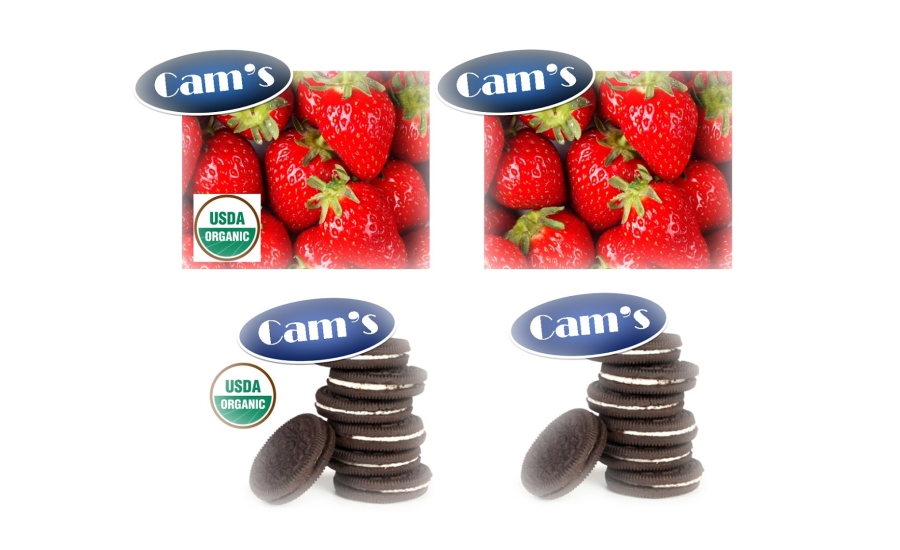Consumer Perception of Organic Foods
Food type, where product is sold are primary factors in consumer decision-making about organic foods

The organic food industry has grown from fresh produce and grains to snack foods and condiments, from farmers markets to supercenters. Has this new variety in organic products, and the availability of them, affected consumers’ perceptions? A University of Illinois researcher and her team designed an experiment to provide insight on some of the variables that may influence opinions about organic foods.
“Past research has often asked how much someone is willing to pay for an organic product, but has rarely considered the context in which that purchase takes place,” says U of I food economist Brenna Ellison. “In this study, we look at how the organic label interacts with the product type as well as the retail purchase context.”
Ellison and her team conducted an experiment with 605 people who evaluated a food product’s expected taste, nutrition, safety, and likelihood of purchase. The products were strawberries and chocolate sandwich cookies sold by a fictitious brand called Cam’s. In the experiment, the products were either organic or non-organic and sold in one of two supercenters, Walmart or Target. Each participant only evaluated one of the eight potential combinations.
“We chose strawberries and cookies because they represent a ‘virtue’ and a ‘vice’ product, respectively, and both are currently available in the marketplace in organic and non-organic forms,” Ellison says. “We chose Target and Walmart because the two stores have similar prices but very different brand images. Target has positioned itself in the marketplace as a store that emphasizes style, design, and aspiration. Walmart, conversely, promotes a low price image.”
Results of the study showed that context indeed matters. While organic products were generally rated more highly than non-organic, the researchers found an interesting interaction between the organic label and product type.
“Organic strawberries had higher expected taste ratings than non-organic strawberries, but cookie taste ratings did not differ,” Ellison says. “However, the opposite was true with nutrition ratings. Organic cookies were rated as more nutritious – almost twice as healthy – as non-organic cookies, but no difference was observed for strawberry ratings.
“These results suggest that the purchase of organic virtue foods like strawberries may be based more on taste considerations, but organic vice foods like cookies may be purchased based on nutrition considerations,” Ellison says.
Another finding from the research was that where the food item was purchased mattered. The researchers concluded that retailers like Target may be better outlets for promoting organic vice products while retailers like Walmart may only be good outlets for promoting organic virtue products.
The study also revealed that participants seemed misinformed about organic standards.
Looking for a reprint of this article?
From high-res PDFs to custom plaques, order your copy today!








